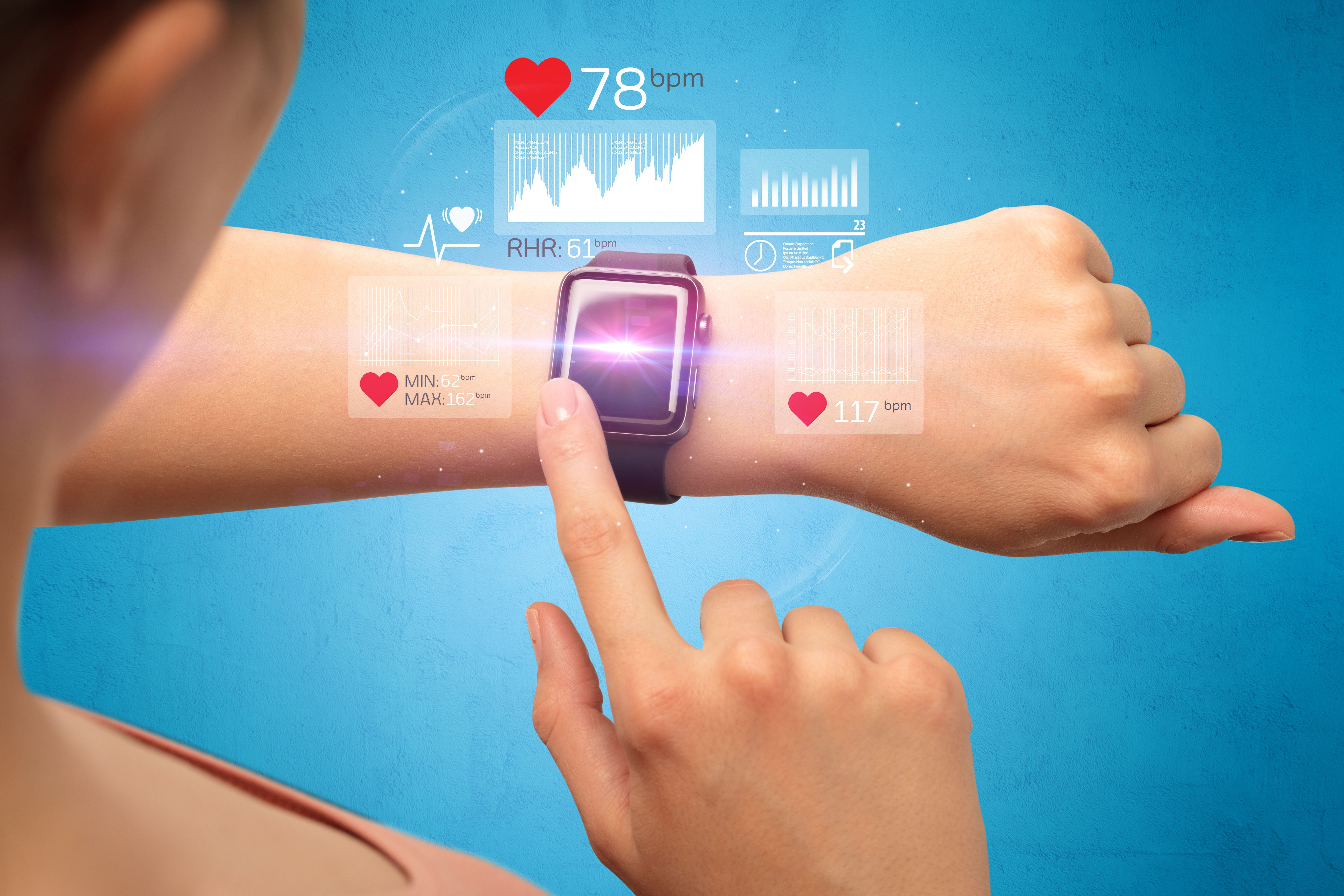Sex, Income, and Obesity Among Factors Related to Discussions of Wearable Devices in Primary Care Settings
Characteristics associated with discussions of wearable devices during primary care visits include female sex, higher income, and obesity, showed new study.
©a2studio/AdobeStock

New research found patient characteristics associated with discussions of wearable devices during primary care visits include female sex, higher income, and obesity.
On the other hand, patients who were older and with more comorbidities were less likely to talk about wearable devices with their primary care clinician, according to data published in Circulation: Cardiovascular Quality and Outcomes.
“Wearable devices are common and often record data relevant to cardiac health, including physical activity, heart rate, electrocardiograms, and atrial fibrillation (AF) episodes. The degree to which wearables are discussed in health care settings remains unknown,” wrote researchers from the Massachusetts General Hospital and Harvard Medical School in Boston.
Investigators assessed the mention of wearable devices, such as smartwatches and fitness trackers, in provider notes as a surrogate for how often they are discussed in health care settings. Included in the analysis were over 21 million provider notes across 492 192 patients (mean age, 48 years; 60.7% women; 75.9% White) with 2 primary care visits 1 to 3 years apart between 2005 and October 28, 2019. Expressions used to search for wearable devices included AliveCor Kardia, Apple Watch, Fitbit, Garmin, and generic terms such as “smartwatch,” “fitness tracker,” and “step tracker.”
Patient-level factors associated with device mention were assessed using logistic regression, with covariates including age at cohort entry, sex, race, ethnicity, median zip code income, and baseline comorbidities, according to the study abstract.
The most common comorbidity in this cohort was hypertension (32.3%) followed by hyperlipidemia (24.7%). Also, AF/atrial flutter (AFL) was present in 3.2% of patients and 7.5% of participants had other arrhythmias.
Annual mention of wearable devices increased from 0.0002% of provider notes in 0.0006% of patients in 2005 to 0.14% of notes in 0.89% of patients in 2019. Fitbit was the most common wearable, accounting for 74.1% of all patients with devices, and accounted for a rapid rise in mentions between 2012 and 2016, before declining in 2017, according to researchers.
Patient-level factors associated with device mention were female sex (odds ratio [OR], 1.43; 95% CI, 1.36-1.50), higher income (OR, 1.27 per $50 000; 95% CI, 1.27-1.31), obesity (OR, 2.34; 95% CI, 2.21-2.48), AF/AFL (OR, 1.72; 95% CI, 1.54-1.93), hyperlipidemia (OR, 1.40; 95% CI, 1.33-1.48), other arrhythmias (OR, 1.29; 95% CI, 1.19-1.39), and hypertension (OR, 1.28; 95% CI, 1.21-1.35).
Individuals who self-identified as White experienced higher odds of wearable device mention compared with other races and ethnicities, according to the abstract. Characteristics associated with lower odds of wearable device mention included presence of heart failure, pacemaker/implantable cardioverter defibrillator, peripheral artery disease, stroke/transient ischemic attack, and older age.
2 Commerce Drive
Cranbury, NJ 08512
All rights reserved.